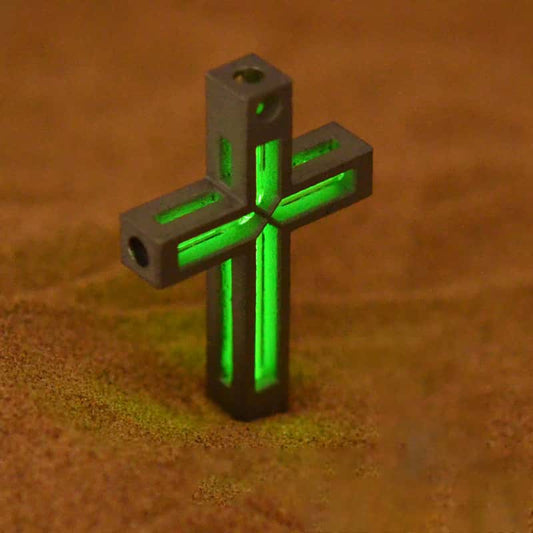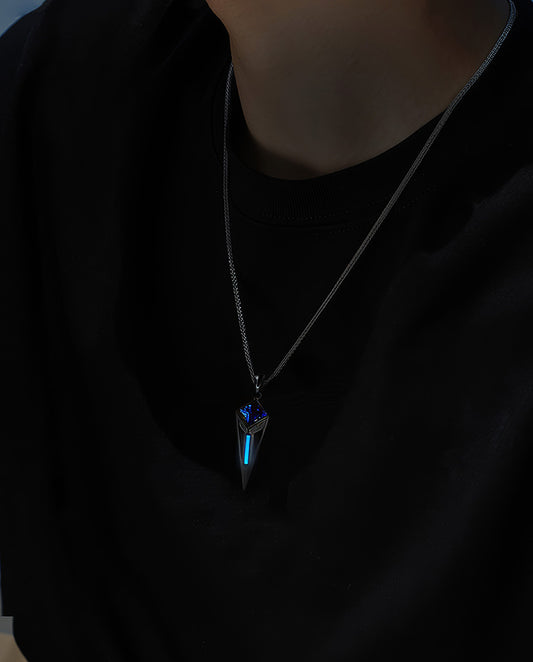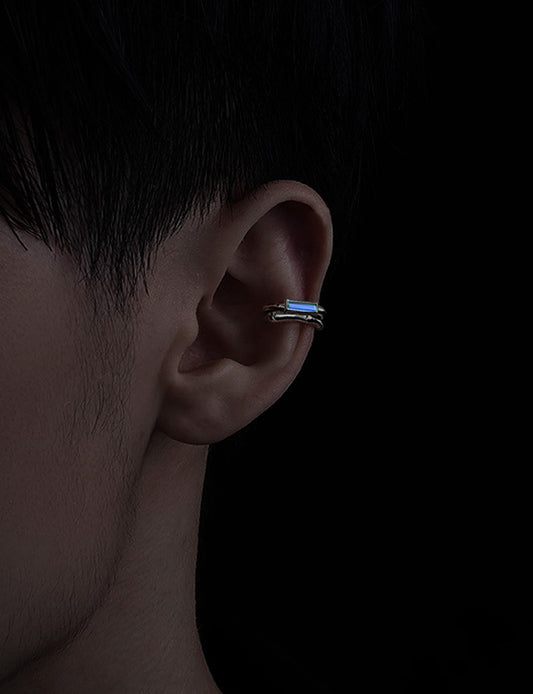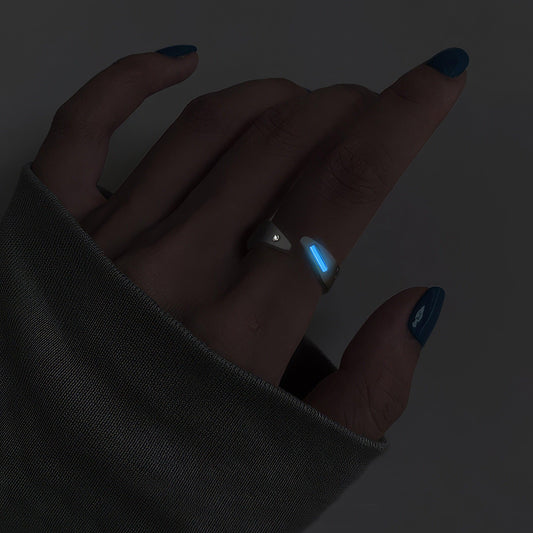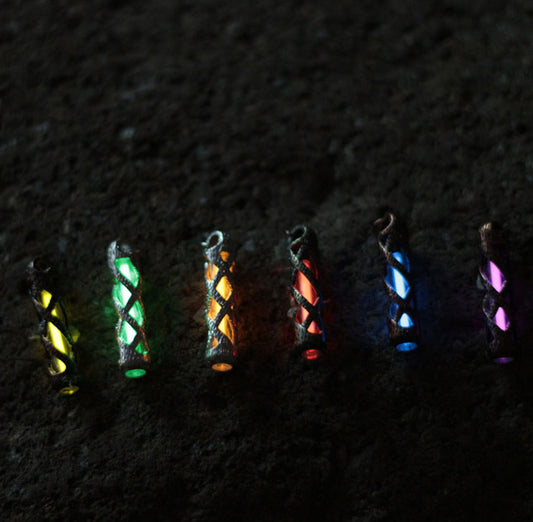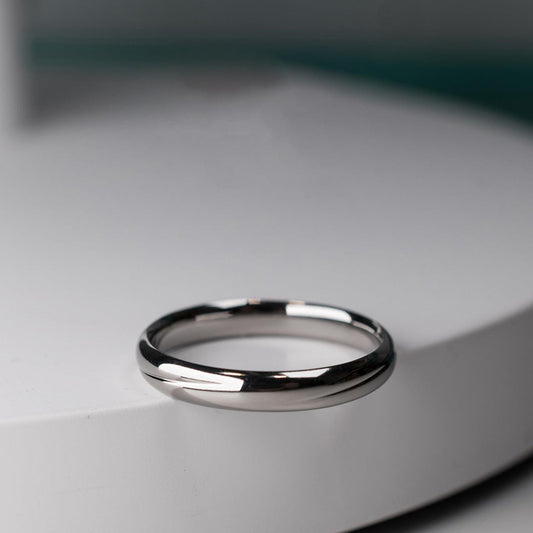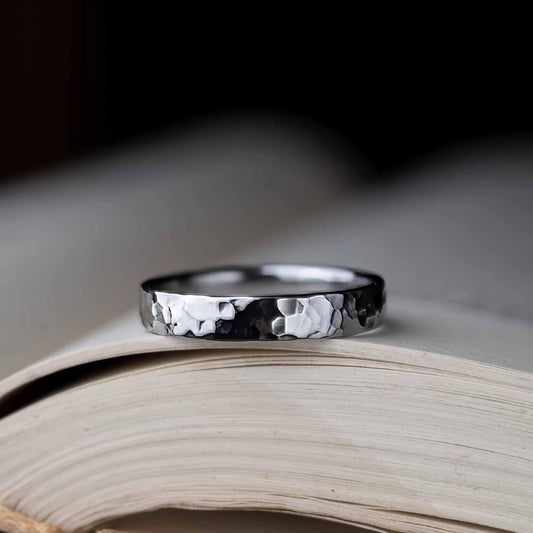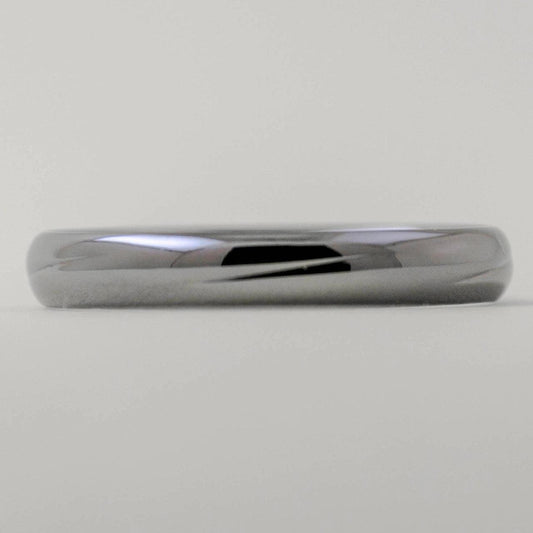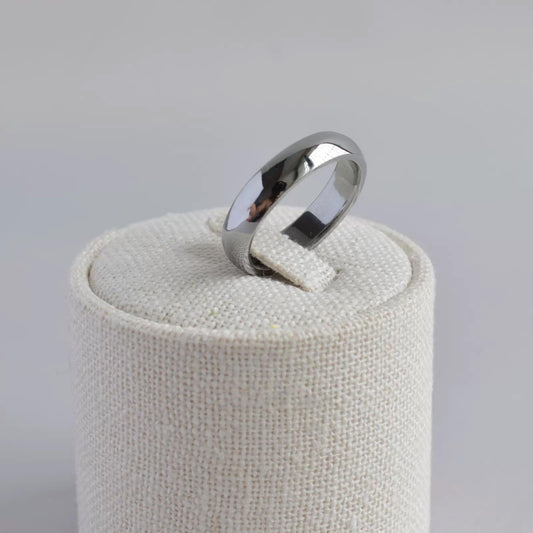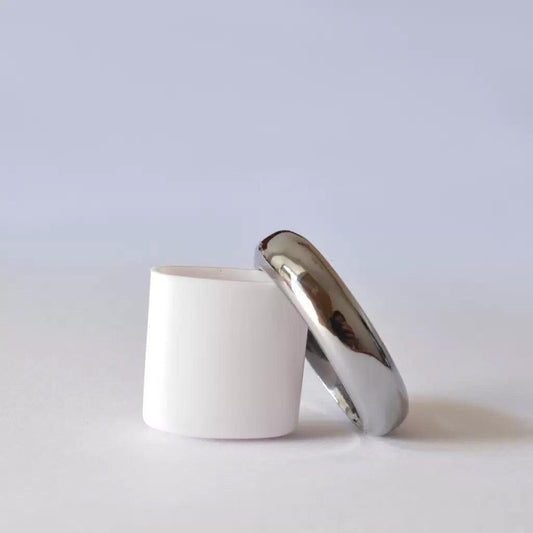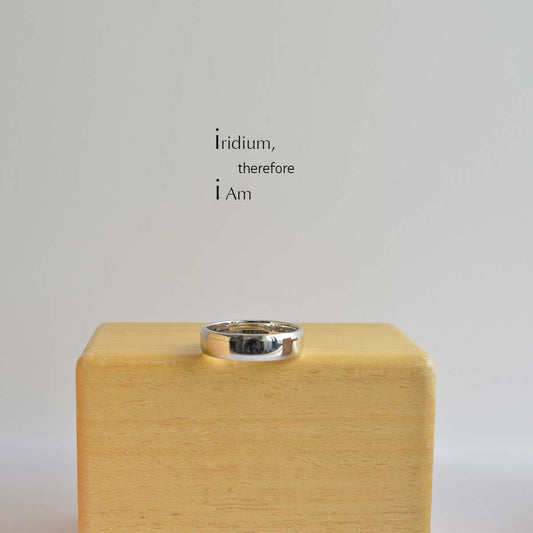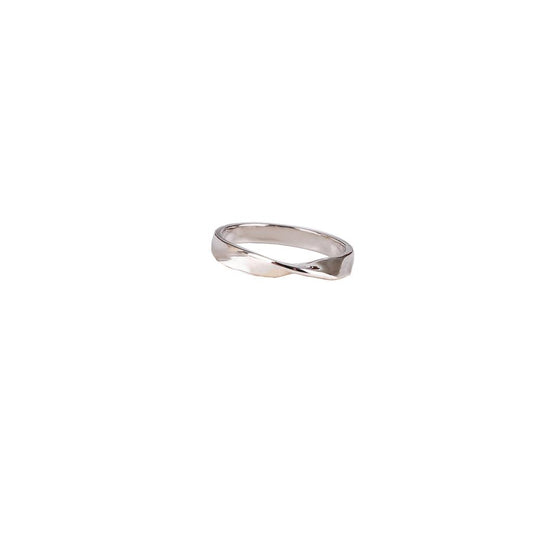Mined Diamonds vs Lab Diamonds Navigating the Glittering Divide
Mined Diamonds vs Lab Diamonds Navigating the Glittering Divide
The first time I laid eyes on a diamond, I was seven, sitting on my grandmother's lap as she showed me her engagement ring. I remember being fascinated by the way the sunlight danced through the facets, casting tiny rainbows on the walls. That memory brings a warmth, linked not just to the stone but to the stories it held—stories of aspirations, love, and life's milestones. Fast forward to today, the world of diamonds is as multifaceted as the gems themselves, with mined and lab-created diamonds presenting unique perspectives.
Mined diamonds, the traditional choice, have been etched into human history for centuries. These stones emerge from the earth after millions of years of pressure and heat. There's an undeniable allure to wearing something forged in the depths of our planet, a token of the earth's natural beauty. Yet, the journey these gems undertake from the mine to the jewelry store can be fraught with complexities—environmental ramifications, ethical concerns regarding mining practices, and the very real issue of conflict diamonds still weigh on conscientious shoppers' minds.
Enter lab-grown diamonds, the relatively new darlings of the jewelry world. These stones are not ‘fakes’ or ‘imitations’ but rather identical twins to their mined counterparts. They boast the same chemical composition, sparkle with the same brilliance, and delight with the same capacity to mark a moment in time. The appeal here isn’t just their lower environmental and human cost; it’s about embracing innovation. These diamonds represent a blend of science and art, a testament to human ingenuity that respects ethical and ecological boundaries.
I once had a lengthy conversation with a jeweler who had witnessed the paradigm shift firsthand. "Younger couples are increasingly drawn to lab diamonds," she told me, "not just for budget reasons, but because they reflect modern values—sustainability, technology, and transparency."
This shift doesn’t mean mined diamonds are going anywhere, though. For some, the narrative of a stone born from the earth carries a romance that technology can’t replicate. The history embedded in the facets of a mined diamond—the story of the world before humans walked its surface—is deeply compelling. This narrative, though, is juxtaposed against a backdrop where lab diamonds stand as symbols of progress, suggestive of a future where luxury doesn't come at the planet's expense.
When I think about choosing between the two, I'm reminded of the trays of jewelry my grandmother kept in her dresser. Each piece had its own story, its own significance. A diamond, whether pulled from the earth's crust or synthesized in a lab, takes on the story we give it. It holds a promise, captures a moment, and cherishes the love with which it was given. So maybe, the real question isn’t which diamond is better—mined or lab-grown—but rather, which story resonates with you? After all, the true value of a diamond, like any story, lies in its ability to connect us across time and space.
In a world that often demands we choose sides, it’s refreshing to embrace the glittering divide of diamonds, acknowledging both the roots in tradition and the promise of innovation. And that's not just a story worth telling—it's one worth living.
